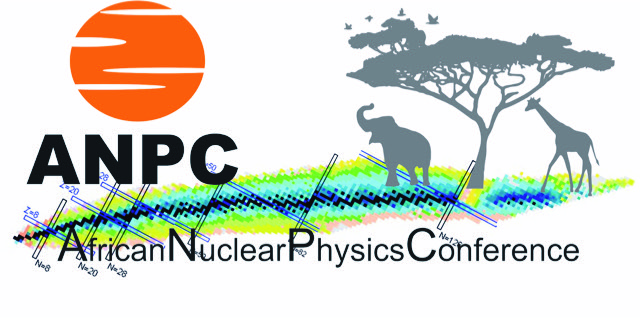Speaker
Description
Over 10,000 hospitals worldwide use radiopharmaceuticals and about 90% of the procedures are for diagnosis. The most common radioisotope used in diagnosis is 99Tc, with some 40 million procedures per year, accounting for about 80% of all nuclear medicine procedures worldwide. The global radioisotope market was valued at 9.6 billion in 2016, and is projected to grow to 17 billion in 2021. North America is the dominant market for diagnostic radioisotopes with close to half of the market share, while Europe accounts for about 20%.
A radiopharmaceutical is a drug that can be used either for diagnostic or therapeutic purposes. It is composed of a radioisotope bond to an organic molecule. The organic molecule conveys the radioisotope to specific organs, tissues or cells. The radioisotope is selected for its properties. Radioisotopes emitting penetrating gamma rays are used for diagnostic (imaging) where the radiation has to escape the body before being detected by a specific device (SPECT/PET cameras). Typically, the radiation emitted by isotope used for imaging vanishes completely through radioactive decay and normal body excretion. The most common radioisotopes used for imaging are: 99mTc, 123I, 201Tl, 111In, 67Ga, 68Ge/68Ga generators, 82Sr/82Rb generators and 18F. Radioisotopes emitting short range particles (alpha or beta) are used for therapy due to their power to lose all their energy over a very short distance, therefore causing a lot of local damage (such as cell destruction). This property is used for therapeutic purposes: cancer cells destruction, pain treatment in palliative care for bone cancer or arthritis. Such radioisotopes stay longer in the body than imaging ones; this is intentional in order to increase treatment efficiency, but this remains limited to several days. The most common therapeutic radioisotopes are: 131I, 90Y, 188Rh and 177Lu. Targeted Alpha Therapy (TAT) or alpha radioimmunotherapy, involve radioisotopes which have a short range of very energetic alpha emissions. Common alpha-emitting radionuclide includes 223Ra, 225Ac, 213Bi and 211At.
The aforementioned radioisotopes can either be produced at reasonable production capacity by a reactor or an accelerator. Before a radiopharmaceutical is available for routine clinical use, the radiopharmaceutical has to demonstrate its efficacy as regulated by the Food and Drug Administration (FDA) in the United States and the European Medicines Agency (EMA) in Europe. This process may generally take up to 5-8 years since inception.This presentation will provide a general overview of the commonly produced radiopharmaceuticals that is used in medicine worldwide.

